From AlertsUSA

Two Americans Stabbed in Amsterdam Terror Attack Attempted Bombing of US Embassy Egypt
Sept 8, 2018
Between August 31 and Sept 4, the following related Flash SMS messages were sent to AlertsUSA subscriber mobile devices:
8/31 – Two people wounded in stabbing incident at Amsterdam’s central railway station. Suspect shot by Dutch police. AlertsUSA monitoring.
9/1 – US Embassy Netherlands: The 2 victims in the 8/31 stabbing incident at Amsterdam central train station were American tourists, the attacker an Afghan national.
9/1 – Dutch police (Korps Nationale Politie) now classify 8/31 stabbing of two Americans in Amsterdam as an act of terrorism based on first statement from suspect.
9/4 – Man detained after attempting to detonate explosive device near the US Embassy in Cairo, Egypt. American citizens warned to avoid the area. See email.
9/4 – US embassies worldwide now on a heightened state of alert. Anticipate poss delays. Caution urged. Visiting a US Embassy abroad? Call ahead. More via email.
What You Need To Know
On 20 occasions this week AlertsUSA subscribers were notified via SMS messages to their mobile devices regarding safety and security matters.
Most important for this update:
Last Friday, AlertsUSA subscribers were notified of a double stabbing at the Central Train Station in Amsterdam, the Netherlands. In this incident, a 19-year-old Afghan national, Jawed Santani, who is registered in Germany as an asylum seeker, pulled a knife and repeatedly stabbed two men standing at an information kiosk. Dutch police report that the assailant was being monitored by surveillance officers who were positioned nearby as lookouts for pickpockets. Within seconds of the attack taking place, uniformed officers opened fire, severely wounding the suspect in the hip.
The following day, U.S. Ambassador to the Netherlands, Pete Hoekstra, issued a statement saying the two 39 year old victims of the knife attack were American citizens.
Following initial questioning of the suspect, Dutch prosecutors issued statements indicating they have classified the incident as an act of terror, and that the suspect intentionally traveled to the Netherlands to carry out an attack because of what he said were repeated Dutch insults to “the Prophet Mohammad, the Koran, Islam, and Allah.” Police have also clarified that this was not a targeted attack on the American visitors.
Readers are reminded that on multiple occasions this year alone, AlertsUSA has warned subscribers of repeated threats and calls for attack by both the Islamic State and al Qaeda in western nations, and that the use of knives for such attacks in crowded public venues is a heavily promoted tactic due to the ease of the weapon’s acquisition as well as concealment.
ATTEMPTED EMBASSY BOMBING
On Tues, AlertsUSA subscribers were notified of an attempted bombing of the US Embassy is Cairo, Egypt. In this incident, the bomber can be seen on video walking across Simon Bolivar Street just outside of the heavy blast walls that surround the embassy in the Garden City area of the capital. Moments later, a device the suspect was carrying in his backpack appears to partially detonate, emitting a large plum of smoke and knocking him to the ground.
Police quickly arrested the man. Soon thereafter. an Egyptian explosive ordnance disposal team destroyed the backpack in a controlled explosion. Following the failed attack, the US Embassy issued a warning message to US citizens urging them to stay away from the area.
According to the Egyptian Interior Ministry, the suspect, 24-year-old Abdullah Ayman Abdel-Sameea, embraced an “extremist” ideology and that he intended to use the material he carried in a “hostile” act. As of the time of this reports’ preparation, few other details have been revealed about the suspect.
– – – –
As a follow-up to these two stories, readers are reminded that U.S. government facilities worldwide remain in a heightened state of alert. These facilities may temporarily close or periodically suspend public services to assess their security posture. U.S. citizens abroad, regardless of your location, are urged to regularly monitor the local news as well as maintain contact with the nearest U.S. embassy or consulate, ideally through registration in the Department of State’s Smart Traveler Enrollment Program.
Additionally, as the U.S. government regularly warns, terrorist groups including ISIS, al-Qa’ida, their associates, and those inspired by such organizations, are intent on attacking U.S. citizens wherever they are. Extremists may use conventional or non-conventional weapons to target U.S. government and private interests. Terrorists are increasingly using less sophisticated methods of attack to more effectively target crowds, including the use of edged weapons, pistols, and vehicles as weapons.
To this end, extremists increasingly aim to assault “soft” targets, such as:
- high-profile public events
- hotels, clubs, and restaurants
- places of worship
- schools
- parks
- shopping malls and markets
- tourism infrastructure
- public transportation systems
- airports
On again, AlertsUSA cautions American citizens, and in particular, those traveling abroad, to maintain a high level of vigilance and personal security awareness.
AlertsUSA continues to monitor the domestic and international threat environment and will immediately notify service subscribers, via SMS messages, of new alerts, warnings and advisories or any developments which signal a change the overall threat picture for American citizens as events warrant.
OTHER SMS ALERTS FROM THIS WEEK
NOT DETAILED IN THIS NEWSLETTER ISSUE
9/2 – AlertsUSA monitoring possible active shooter situation, Legends Casino, Toppenish, WA. Heavy police presence. Avoid the area. Additional alerts as warranted.
9/3 – BBC HQ on Duchess St. in London in lockdown mode as bomb squad investigates suspicious van. AlertsUSA monitoring.
9/5 – Emirates Flt #203 (Dubai – JFK) lands with ~100 ill passengers. Quarantine of flight in effect. FDNY & hazmat on scene. Add’l details forthcoming.
9/5 – AlertsUSA awaiting statement from health authorities on Emirates Flt #203 from Dubai. Some passengers now disembarking.
9/5 – Emirates flt update: At least 10 transported to Jamaica Hospital. 12 being treated at JFK airport. 430+ now deplaned. Cause still not specified by authorities.
9/5 – Shallow M6.7 EQ strikes Japan’s Hokkaido island. NOAA prelim assessment of no tsunami threat. AlertsUSA monitoring..
9/5 – Widespread landslides, power / utility outages, and some buildings destroyed on Japan’s Hokkaido island following earlier M6.7 quake. AlertsUSA monitoring..
9/6 – AlertsUSA monitoring active shooter situation, Fifth Third Bank, Fountain Square, Cincinnati. Avoid the area.
9/6 – AlertsUSA monitoring active shooter report, Sanford Hospital, Aberdeen, SD (SW of Fargo). Local schools on lockdown. Developing..
9/6 – Deep M8.1 EQ, 115 km SE Fiji. NOAA prelim evaluation indicates no tsunami threat expected. AlertsUSA monitoring..
9/6 – Cincinnati PD reports 4 dead (incl suspect) + 2 injured in active shooter incident at the Fifth Third bank bldg at Fountain Square.
9/6 – East coast residents from GA to NJ should be paying attention to Hurricane Florence. Growing potential for coastal impact as major storm next week. See email.
9/6 – The US Embassy area in Baghdad’s Green Zone has come under mortar fire within the last hour. No casualties reported. Add’l alerts as warranted.
9/7 – AlertsUSA monitoring ongoing active shooter / hostage situation, Sky Motors, Pacific Ave. S., Parkland, WA. Avoid the area. Add’l alerts as warranted.
9/7 -FEMA will conduct a nationwide test of the Emergency Alert System (EAS) and Wireless Emergency Alert (WEA) on Sept 20, 2018. See email for more info.
* Threat Info Direct to Your Mobile Device
* Get Away Early, Give Your Family Extra Safety.
* In Wide Use By Gov, 1st Responders, Travelers.
* 24/7/365 Monitoring. No Hype. Just the Bad Stuff.
* Issued Hours and Days before the MSM.
* On your Cell Phone, Tablet or Email.
* We Give The Clear Truth, Unlike the MSM.
* 15 Years in Operation!
We are NOT part of the government.
In fact, they are our customers!

The Tiger and the Dragon:India as a Counterbalance to China in the Indo-Pacific
The areas linking the Pacific Ocean to the Indian Ocean—including the South China Sea, Malacca Straits, and Andaman and Nicobar Islands—are of vital strategic importance to all the major regional players, as more than a quarter of all global trade and energy transportation passes through these waterways.
The United States, China, and India are all beholden to each other to the extent that each exerts a distinct influence over these routes. For this reason, China’s effective annexation of parts on the South China Sea is particularly dangerous. The United States cannot respond to this type of threat unilaterally; and beyond Japan and South Korea, US willingness to come to the defense of its other Asian allies is viewed as questionable. In many ways, India represents a natural counterbalance in a region where China’s strength, leadership, and boldness are increasing.
This report provides an analysis of the spaces in which the United States may find success working with India to counterbalance China’s challenge to the status quo—as well as an assessment of the potential hurdles in attempts to do so—both in general and through an examination of specific lessons from the South China Sea.

Sept 8, 2018
An Overview of Current Trends in Terrorism and Illicit Finance
In this testimony before the House Financial Services Subcommittee on Terrorism and Illicit Finance on Sept 7, 2018, Colin Clarke of the RAND Corporation does a deep dive into terrorist financing, discussing its historical context, how terrorists generate income, how their methods have changed over time, current trends including the crime-terror nexus, as well as how ISIS may attempt to finance a renewed campaign of terror. Read More Here
European Union Terrorism Situation and Trend (TSAT) Report 2018
This 2018 edition of the annual TESAT provides an overview of the nature and volume of terrorism that the EU faced in 2017. Although the majority of Member States reported that they did not experience any terrorist attacks during the reporting period, the human suffering and the threat of attacks remains high. The report includes accurate numbers on the number of terrorist attacks in 2017, as well as arrests and convictions for terrorist crimes. A brief overview of the terrorist situation outside the EU is also included. Read More Here
Russia is Rehearsing for a Global War, and Giving Early Warning
What are we to make of Russia’s Vostok (East)-2018 exercise? From September 11-15, Russia’s Far East will host Vostok-2018, the largest Russian military exercise since Zapad (West)-1981. According to Defence Minister Sergei Shoigu, this latest exercise will engage some 300,000 Russian troops, over 1,000 aircraft, the Pacific and Northern Fleets, the entire Airborne forces, including 30 aircraft and fixed-wing helicopters, and Mongolian and Chinese troops. Read More Here

World News Roundup
Sept 8, 2018
Other Developments We Are Following
AMERICAS
Why you might soon undergo a body scan to ride the subway or bus
‘It’s like Bin Laden reaching out from the grave’: 9/11 still killing FBI agents
Trump’s GITMO Plan Could Force Court Battle Over Legality Of ISIS War
Alexander Ciccolo, son of Boston cop, to serve 20 years on terror charges
US Navy Aircraft Carriers Are Getting a Big Upgrade
African migrants surge at U.S.-Mexico border; Rio Grande drownings up
U.S let foreign govs screen terrorist suspects against US databases.
The moment Brazilian far-right presidential candidate is stabbed during rally
Teen from New Mexico compound says he was trained for jihad: FBI
Lawmakers tell Mattis not to divert military funds for border wall
Russia’s S-500: An F-35 or F-22 Stealth Slayer?
U.S., India Sign Military-Intelligence-Sharing Agreement
US, India to carry out large-scale joint military exercises in 2019
EUROPE
Salisbury Novichok poisoning: Threat from Russia is ‘real’ – GCHQ
GCHQ’s warns it will deploy its entire arsenal on ‘brazen’ Kremlin
Three arrested on suspicion of funding terrorism in west London
Russian Forces Flood Into The Med Ahead Of Syrian Offensive
British Airways data breach affects almost 400,000 customers
US Considering Enhanced Military Presence in Greece
Migrant arrivals drop as Hungary enforces tough law
Swedish far-right leader receives death threat letter with ISIS flag
We’re insubordinate’: The rural towns at forefront of Swedish populist wave
Georgia extradites Russian data theft suspect to US
MIDDLE EAST / AFRICA
US begins military exercise in Syria in response to Russian military threats
Erdogan: Turkey won’t fulfill ‘unlawful requests’ on U.S. pastor case
Officials: Mortar explosions in Baghdad happened near a US Embassy
U.S.: Syrian forces could be preparing chemical weapons for attack on Ibib
Trump says he won’t give aid to Palestinians unless they agree to peace deal
Russia and Turkey Will Collide Over End of Syrian Civil War
Baghdadi’s ‘last ditch’ effort to save ISIS
Infighting in Tehran: Are U.S. policies succeeding?
Paraguay moves Israel embassy back out of Jerusalem.
Turkey will not ‘watch from the sidelines’ any killings benefiting Syrian agenda
Russia Threatens To Attack Key U.S. Outpost In Southern Syria
Morocco says it has stopped over 50,000 migrants crossings to Europe
Anger as Italy arrests Tunisian fishermen ‘rescuing migrants’
Israel says it launched 200 strikes in Syria since 2017
Israel’s Army Ready for Any War Scenario Amid Watchdog’s Gloomy Report
ASIA
Russia’s massive military exercise with China aimed at Pacific leverage
Why Russia and China Are Expanding Their Roles in Afghanistan
British Navy warship sails near South China Sea islands, angering Beijing
Pakistan on course to become world’s 5th largest nuclear power
Chinese Tax Authorities Join Hunt for $21 Trillion in Overseas Assets
China Using Cyberespionage to Gain Military and Tech Advantages
China ‘relieved’ Philippine warship towed from shoal in disputed S. China Sea
China Responds to B-52s in the South China Sea — RCD
China Carried Out Several Dozen Hypersonic Arms Tests
China ‘nearing mass production’ of J-20 stealth fighter

Homeland Security

Since 2015, the U.S. Department of Homeland Security (DHS) has used the National Terrorism Advisory System Bulletin to highlight the continuing terror threat to the U.S. Homeland.
CURRENTLY ACTIVE NTAS BULLETIN
PDF (1 pg, 186 KB)
Web Version

Travel Security

The U.S. Dept. of State Travel Website is the authoritative federal source for information on the security situation at travel destinations worldwide. With tensions rapidly increasing in most regions, readers planning international travel, even to such common destinations as Canada, Mexico or the Caribbean Islands, are strongly encouraged to do a little research on the security situation at your destination well prior to departure.
Active USGOV Travel Notices
Active USGOV Travel Advisories
Other USGOV Travel Resources
Smart Traveler Enrollment Prog (STEP)
Travelers with Special Considerations
Faith-Based Travel Information
Information for Women Travelers
Driving and Road Safety Abroad
Safe Travels During Storm Season

The Department of State’s Overseas Security Advisory Council (OSAC) provides a variety of resources to enhance the safety and security of the U.S. private sector businesses and organizations operating abroad.
Mariners and U.S. citizens considering maritime travel should also review information at the websites of the National Geospatial Agency, the Maritime Security Communications with Industry Portal, and the U.S. Coast Guard for information related to maritime and port security globally.

The U.S. Centers for Disease Control and Prevention website is the authoritative federal source for information on current health issues related to specific destinations worldwide. These issues may arise from disease outbreaks, special events or gatherings, natural disasters, or other conditions that may affect travelers’ health.
Foreign Sources of Travel Guidance
![]()
![]()
Australia Dept. of Foreign Affairs
![]()
UK Foreign & Commonwealth Office
Start now to make sure you are staying prepared.
Via: threatjournal




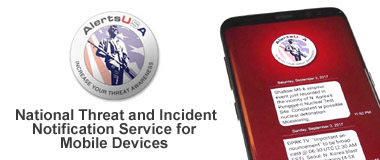

 Follow
Follow





































































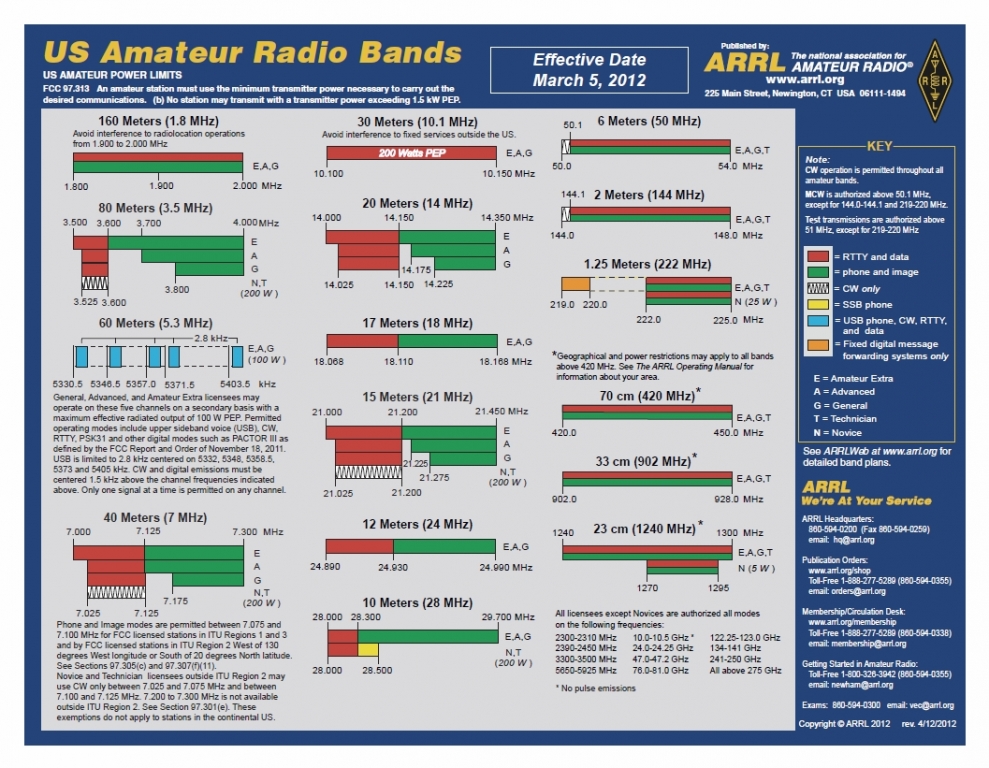




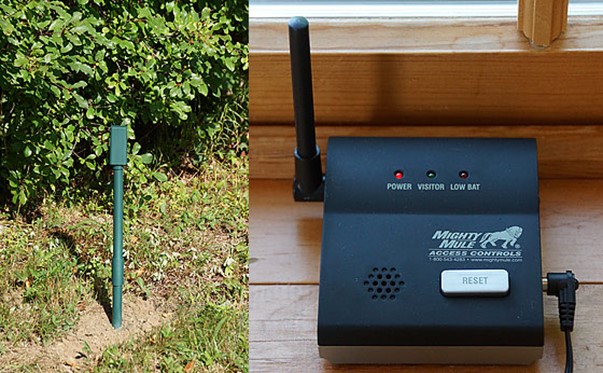
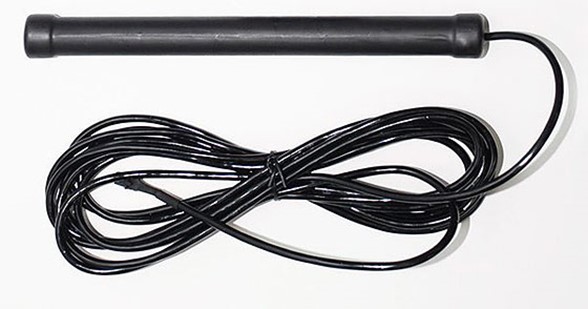
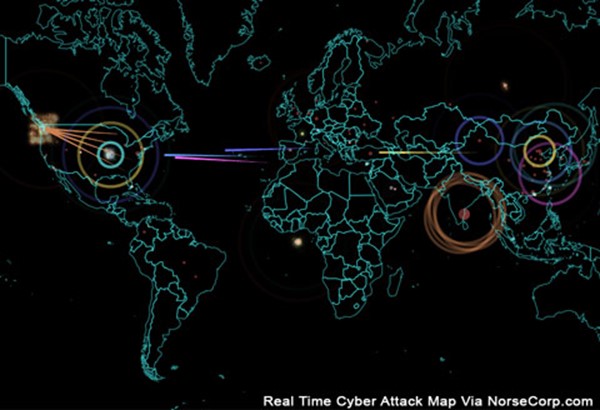
 .
.

